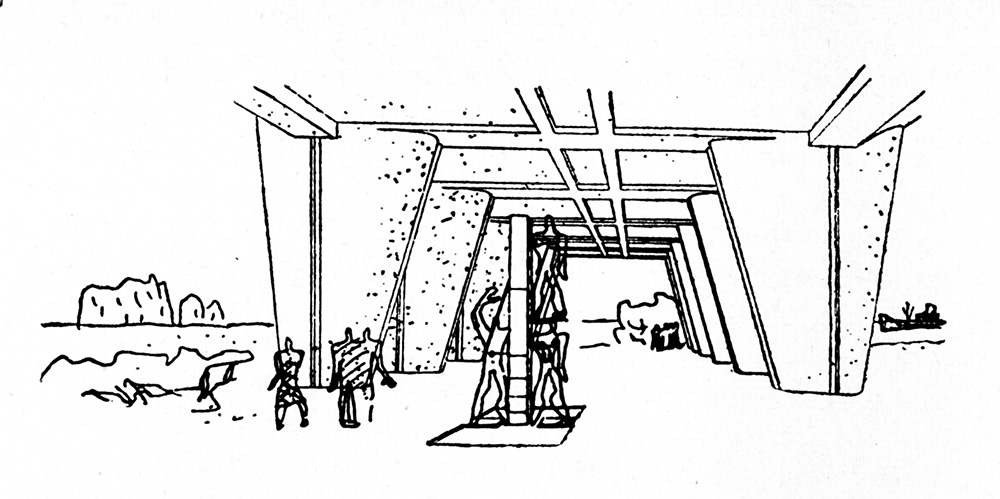63
Pilotis
Author: Le Corbusier
Year: 1927 Edit Add
Book: Postmodernism, or, The Cultural Logic of Late Capitalism
Pilotis
Author: Le CorbusierYear: 1927 Edit Add
Book: Postmodernism, or, The Cultural Logic of Late Capitalism
Postmodern architecture distinguishes itself from that of high modernism through its populist priorities may serve as the starting point for some more general discussion. What is meant, in the specifically architectural context, is that where the now more classical high-modernist space of a Corbusier or a Wright sought to differentiate itself radically from the fallen city fabric in which it appeared -- its forms thus dependent on an act of radical disjunction from its spatial context (the great pilotis dramatizing separation from the ground and safeguarding the novum of the new space) -- postmodernist buildings, on the contrary, celebrate their insertion into the heterogeneous fabric of the commercial strip and the motel and fast-food landscape of the postsuperhighway American city. Meanwhile, a play of allusion and formal echoes ("historicism") secures the kinship of these new art buildings with the surrounding commercial icons and spaces, thereby renouncing the high-modernist claim to radical difference and innovation.
Postmodern architecture distinguishes itself from that of high modernism through its populist priorities may serve as the starting point for some more general discussion. What is meant, in the specifically architectural context, is that where the now more classical high-modernist space of a Corbusier or a Wright sought to differentiate itself radically from the fallen city fabric in which it appeared -- its forms thus dependent on an act of radical disjunction from its spatial context (the great pilotis dramatizing separation from the ground and safeguarding the novum of the new space) -- postmodernist buildings, on the contrary, celebrate their insertion into the heterogeneous fabric of the commercial strip and the motel and fast-food landscape of the postsuperhighway American city. Meanwhile, a play of allusion and formal echoes ("historicism") secures the kinship of these new art buildings with the surrounding commercial icons and spaces, thereby renouncing the high-modernist claim to radical difference and innovation.
 Source type: picture
Source type: pictureInfo: Le Corbusier's Five Points of Architecture - Pilotis – Replacement of supporting walls by a grid of reinforced concrete columns that bears the structural load is the basis of the new aesthetic.
Original size: 1000x499 px. Edit
 Log-in
Log-in